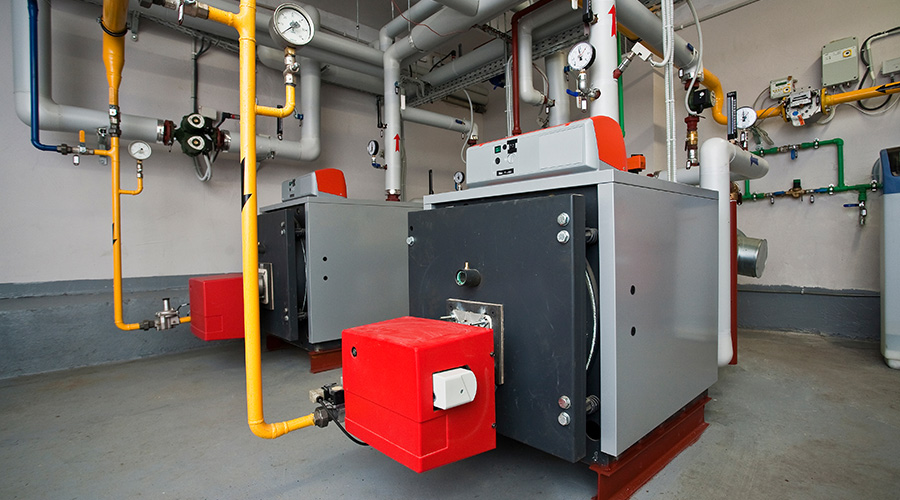Steps for Implementing a Support Structure for Temporary HVAC Equipment
Once managers have identified the critical loads and the HVAC equipment that serves those loads, they must take steps to implement the support structure for the temporary equipment. That support structure must be specific to the application.
The first step is to determine the size of the equipment technicians will install temporarily. If the failed component serves only one load, the temporary system will need to have an equal heating or cooling capacity, assuming the failed component adequately met that load. If the failed component serves more than the critical load, managers will have to estimate the heating or cooling load requirements. Determining the load requirements is a critical step in the planning process because it will determine the energy requirements for the temporary equipment.
The next step is to survey the space availability for utilities supplying energy to the temporary equipment. For electricity, this means determining the available voltage provided by the system and the available current capacity.
If insufficient capacity is available, managers must arrange to have additional power brought to the location. For natural gas, water, and other utilities, managers must evaluate similar requirements and available capacities.
Planning also must take into account physical space requirements of the temporary equipment. Space limitations might force managers to house equipment outside the building, requiring the installation of temporary ductwork to distribute the conditioned air.
For central equipment, such as boilers and chillers, the situation requires even more planning. Besides having to determine the capacity of the required equipment, managers must plan ahead for its installation.
Related Topics:
















